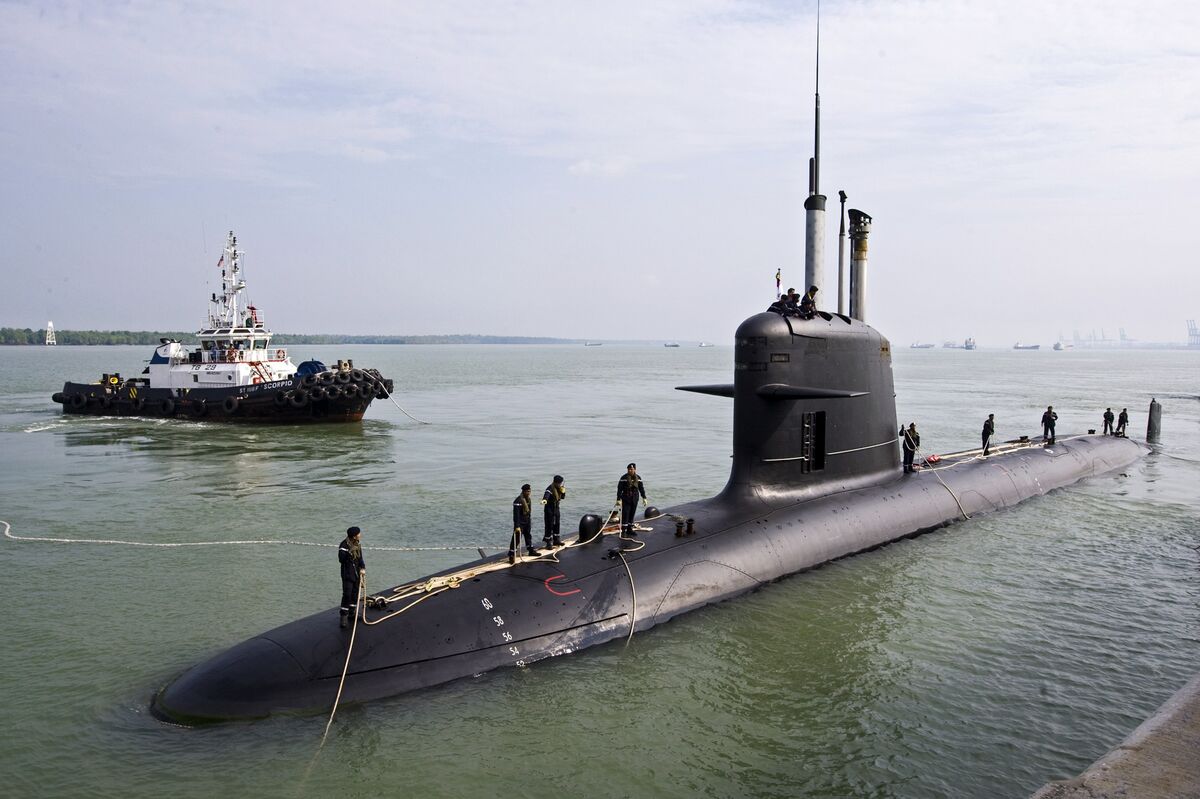Trump-Era Policy Opens Path to Deep-Sea Mining Near American Samoa Amid Soaring Demand for EV Battery Minerals
A controversial policy move initiated under the Trump administration is now paving the way for the potential sale of deep-sea mining rights off the coast of American Samoa, a U.S. territory in the South Pacific. This decision is rooted in the growing urgency to secure access to critical minerals used in electric vehicle (EV) batteries, smartphones, renewable energy systems, and other high-tech industries.

The area, located within the U.S. Exclusive Economic Zone (EEZ) around American Samoa, is believed to contain polymetallic nodules and seafloor massive sulfides—geological formations rich in essential metals such as nickel, cobalt, manganese, copper, and rare earth elements.
Strategic Motivation: Reducing Reliance on China
One of the primary motivations behind this push is the United States’ strategic aim to reduce its dependence on China and other foreign sources for critical materials. Under the Trump administration, national security policies were recalibrated to prioritize domestic and allied production of rare and strategic minerals.
The 2020 Executive Order on Addressing the Threat to the Domestic Supply Chain from Reliance on Critical Minerals from Foreign Adversaries provided a legal foundation for accelerating exploration and licensing efforts, even in ecologically sensitive areas like the deep sea.
The Race for Critical Resources
The global shift toward electrification—particularly in the automotive and energy storage sectors—has placed unprecedented demand on minerals like cobalt and nickel. While land-based sources are increasingly constrained by geopolitical risks, environmental restrictions, and social opposition, the deep sea is viewed by some industry players as the next frontier.
Mining the ocean floor is seen by proponents as a way to meet demand without further disturbing terrestrial ecosystems or infringing on Indigenous land rights. However, this perspective is hotly contested.
Environmental and Cultural Concerns
Opposition to seabed mining near American Samoa has grown among local communities, marine scientists, and environmental groups. Critics argue that deep-sea ecosystems are poorly understood and could be permanently damaged by extraction activities. Sediment plumes, habitat destruction, and the potential for long-term biodiversity loss are major concerns.
Local leaders in American Samoa have also raised alarms over the cultural and ecological significance of the ocean, asserting that the territory’s marine areas should not be treated as resource frontiers for foreign profit.
Dr. Tiafau Saelua, a marine biologist and environmental advocate in Pago Pago, commented:
“What happens in these waters doesn’t just affect American Samoa—it affects oceanic ecosystems and migratory patterns across the Pacific. We must proceed with caution, not profit.”
Legal and Regulatory Pathway
While no mining licenses have been granted yet, the Trump-era groundwork enabled the Department of the Interior, in coordination with NOAA and the Bureau of Ocean Energy Management (BOEM), to begin assessing blocks of ocean floor for potential auction. Preliminary geological surveys and environmental impact assessments (EIA) have been quietly underway, with results expected later this year.
The Biden administration initially paused new leasing processes but allowed some of the Trump-era policies to continue under the umbrella of strategic minerals development. The long-term direction remains uncertain, especially as public scrutiny intensifies.
The Global Context
The United States is not alone in this pursuit. Countries like China, Norway, and Japan have already launched pilot seabed mining projects, while the International Seabed Authority (ISA) is developing a global regulatory framework. However, the legal ambiguity of mining in areas adjacent to national waters—like those near American Samoa—has created a legal gray zone that the Trump administration sought to exploit.
What’s Next?
The future of deep-sea mining near American Samoa will likely be shaped by:
-
Ongoing environmental assessments and public consultation.
-
Congressional scrutiny, especially from environmental and territorial advocates.
-
Shifting global norms regarding marine resource governance.
-
Technological feasibility and commercial viability of underwater extraction.

